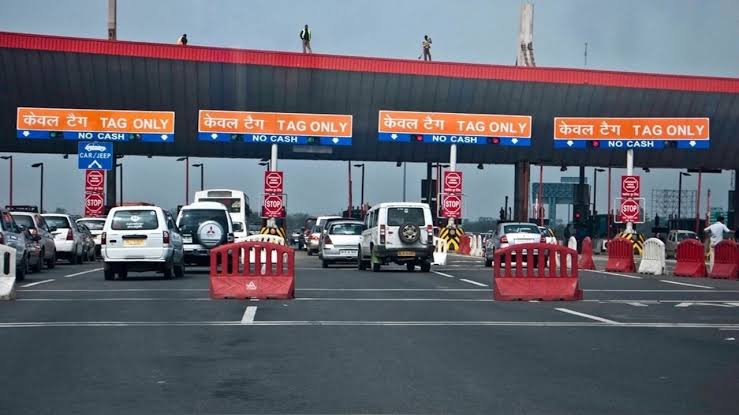The government has reduced toll charges by up to 50% on specific sections of national highways that include structures such as bridges, tunnels, flyovers, or elevated roads. This move is aimed at reducing travel expenses for motorists.
New Toll Tax Rules
Toll charges on national highways are levied based on the National Highways Fee Rules, 2008. The Ministry of Road Transport and Highways has amended these rules and introduced a new formula for calculating toll fees.
According to a notification issued on 2nd July 2025, if a section of a national highway consists of such structures, the toll will now be calculated based on either:
- Ten times the length of the structure added to the rest of the highway, or
- Five times the total length of the highway section in question.
Whichever of the two is lesser will be considered for toll calculation. In this context, a ‘structure’ refers to a standalone bridge, tunnel, flyover, or elevated road.
Example of New Toll Calculation
To explain the new toll system, the ministry shared an example. If a highway section is 40 kilometres long and consists entirely of a structure, the minimum chargeable length would be calculated as follows:
- 10 x 40 = 400 km (structure length multiplied by 10), or
- 5 x 40 = 200 km (total highway length multiplied by 5).
Since the lower value is 200 km, the toll fee will be charged based on that. This effectively reduces the toll fee to 50% of what was previously charged.
Old Rules and Reason for Change
Earlier, tolls on such structures were calculated at 10 times the normal rate per kilometre. A senior official from the National Highways Authority of India (NHAI) explained that this formula was initially designed to recover the higher construction costs of these structures.
However, under the new notification, toll fees on sections involving flyovers, underpasses, and tunnels have now been reduced by up to 50%—providing major relief to commuters.


